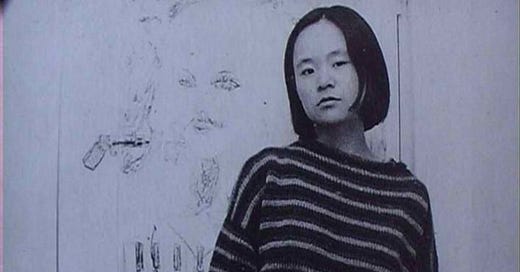New Chinese Documentary Primer: What Films to Watch Now
Welcome to the first of a new bi-weekly series where we take a brief look at an international documentary scene or movement.
Two of last year’s most exciting American documentaries came from China. Alison Klayman’s Ai Weiwei: Never Sorry and Stephen Maing’s High Tech, Low Life surprised, entertained and moved audiences with their stories of charismatic a…
Keep reading with a 7-day free trial
Subscribe to Nonfics to keep reading this post and get 7 days of free access to the full post archives.



